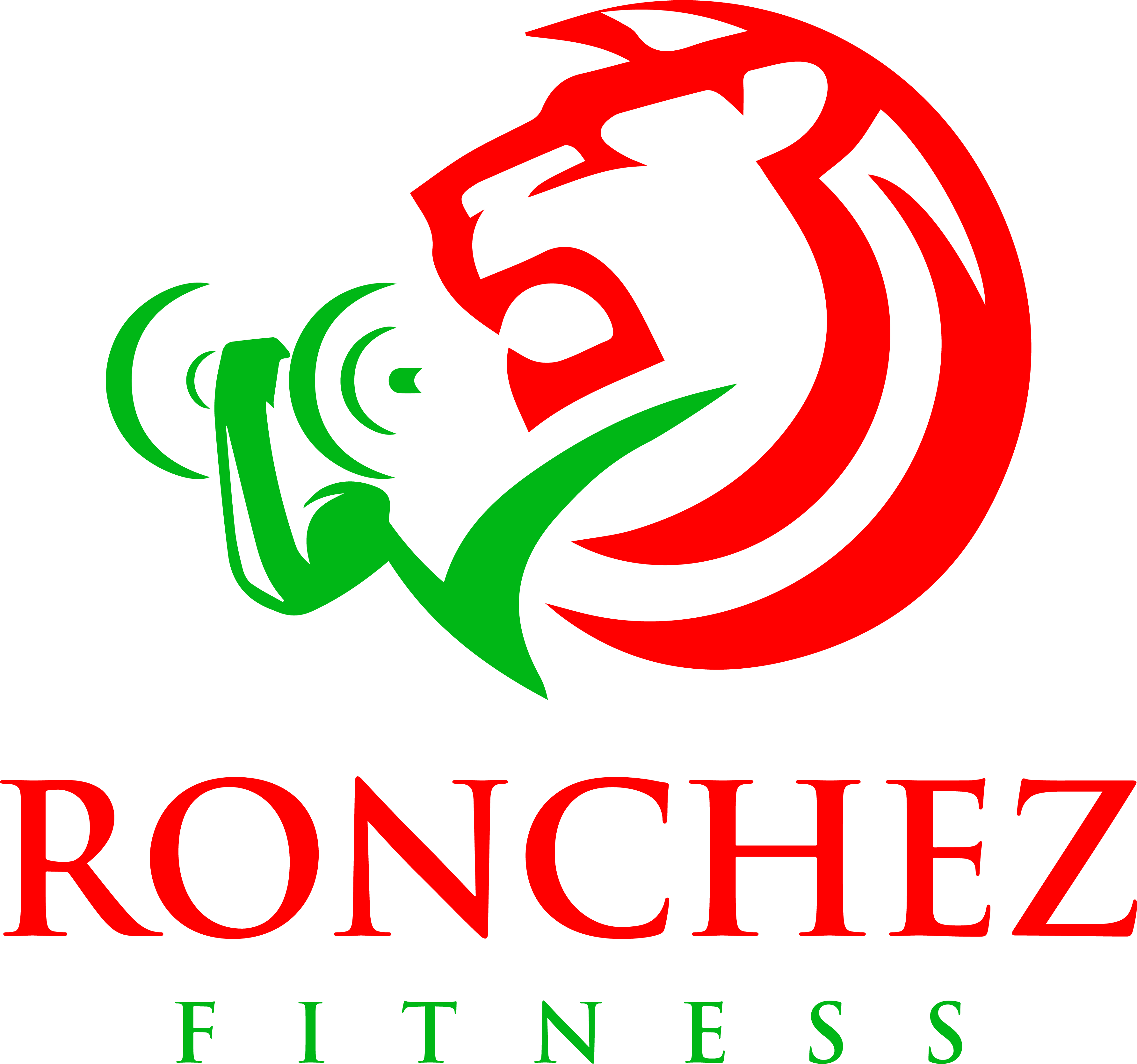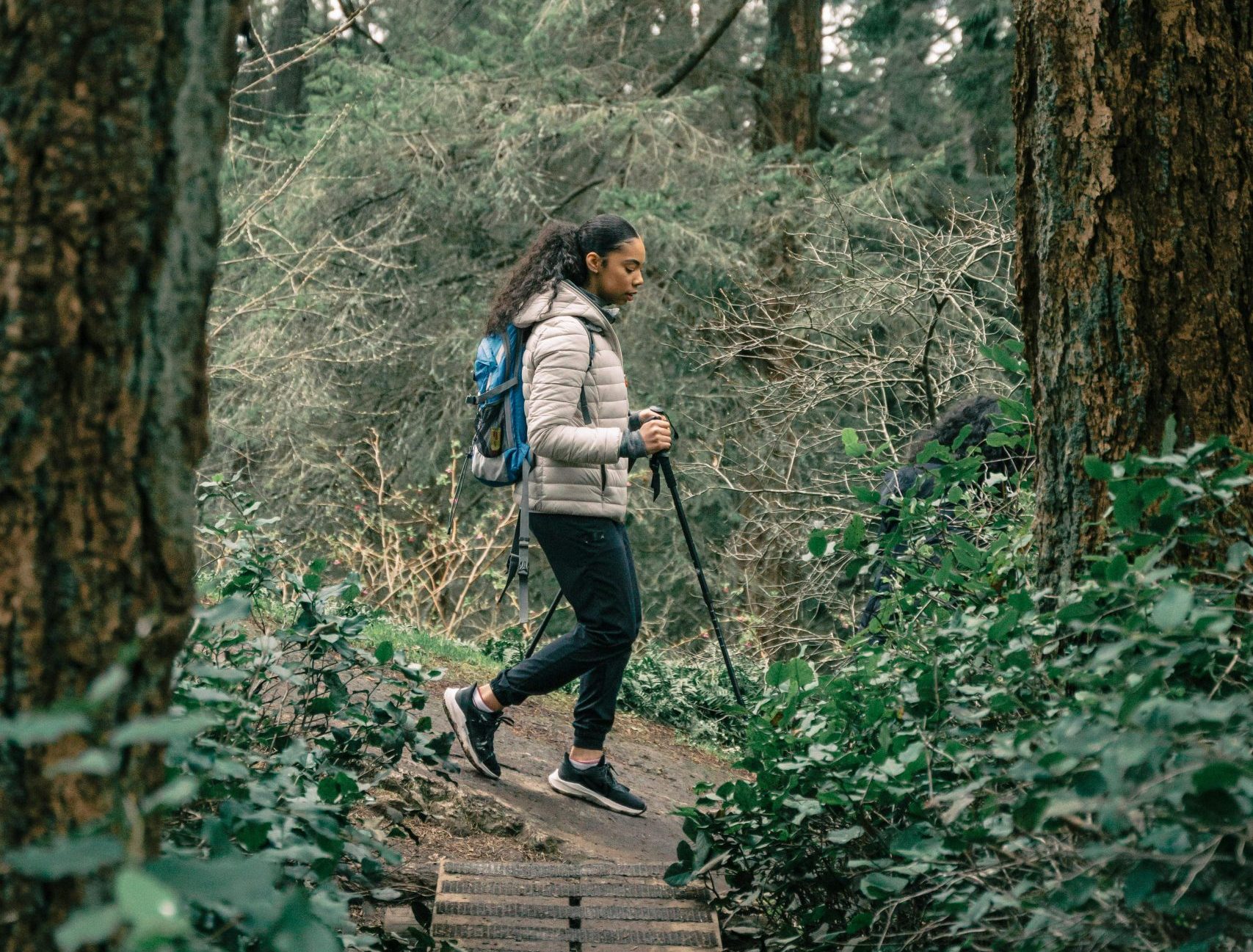
We’ve all faced fears—whether big or small—at some point in our lives. When I say this, my close friends often tease me, saying, “Na vile wewe ni mkubwa” (Oh, you’re too big for that). It’s funny, but it also makes me reflect on a fear I discovered during my three-month internship at a government parastatal while I was still in university. As an A student, always at the top of my class, and pursuing a degree in Actuarial Science, my greatest fear wasn’t failure or exams—it was the thought of landing a job that would limit my movement. That fear sparked a change in me, motivating me to create my own happiness and want to help others who work from 9 AM to 5 PM lead healthier, more vibrant lives. And that’s how Ronchez Fitness was born.
Before we dive into today’s topic, remember the friend I mentioned in the first part of this longevity series, who said, “I can take care of my health, but I could get hit by a car on my way out the door tomorrow—so what’s the point?” It’s a reminder that life is unpredictable, and part of being truly happy is embracing what works for YOU. In this installment of the longevity series, we’ll explore the incredible benefits of movement and how you can incorporate more physical activity into your 9-to-5 routine to live longer, healthier, and happier. Let’s dive in!
When Does Walking Become Exercise?

A conversation with a friend recently led to an interesting point: all exercise is movement, but not all movement counts as exercise. For example, walking becomes exercise when it’s intentional, structured, and repeated to improve or maintain physical fitness.
The Long-Term Benefits of Movement
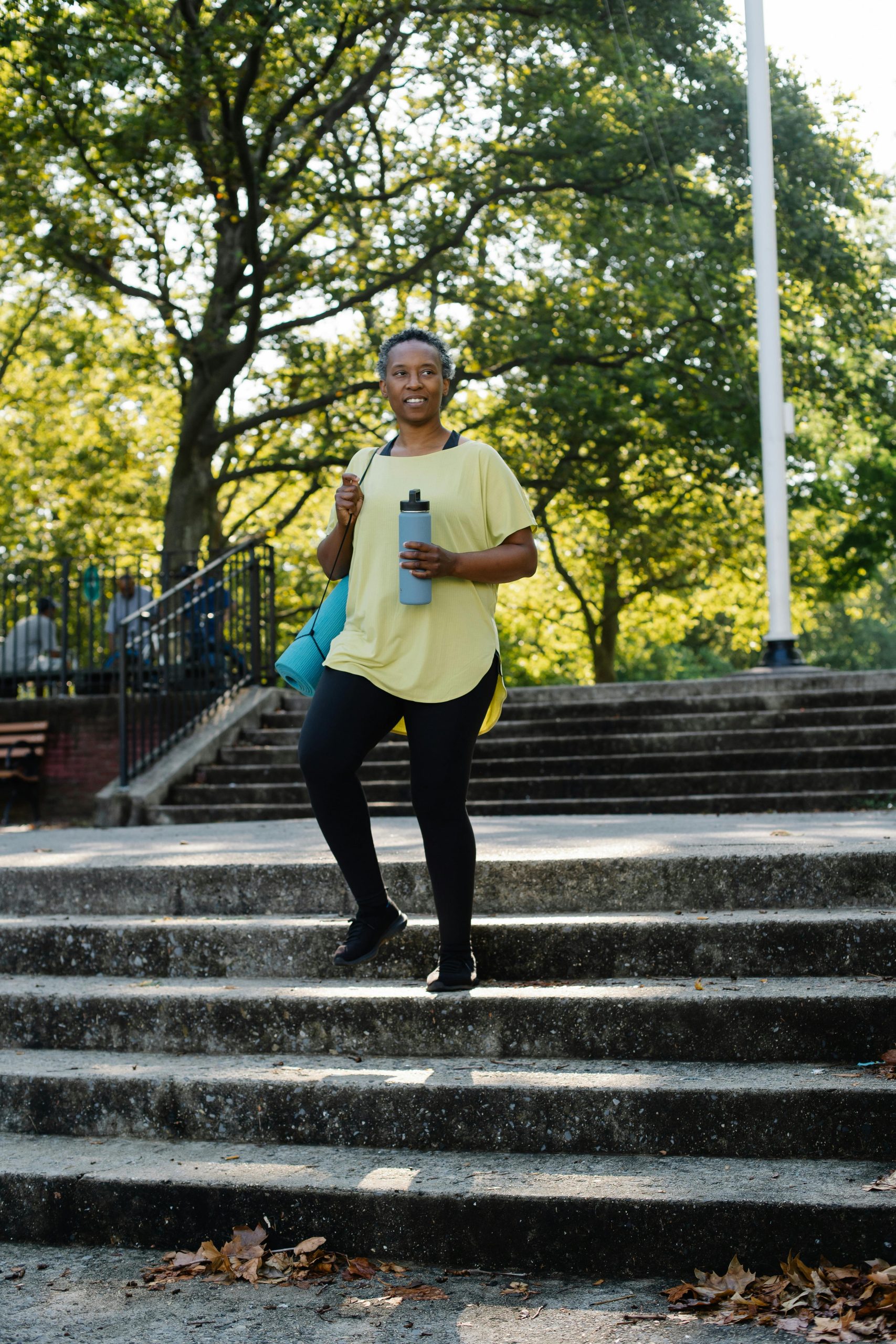
Our bodies thrive on movement. The more we move, the better our physical and mental health becomes. For instance, your blood sugar levels and fat-burning abilities are directly linked to your metabolism. Moving more helps boost your metabolic rate, allowing you to burn fat even when you’re not at the gym. After all, you only spend about an hour in the gym, but your body continues to work for you outside that hour.
Additionally, movement has many benefits beyond just burning calories. For example, regular movement can prevent varicose veins, which, although harmless, can be uncomfortable and unsightly. More importantly, keeping your body active ensures better circulation, which contributes to improved brain function and mental health. As we’ve discussed in previous articles, better circulation reduces the risk of depression and anxiety.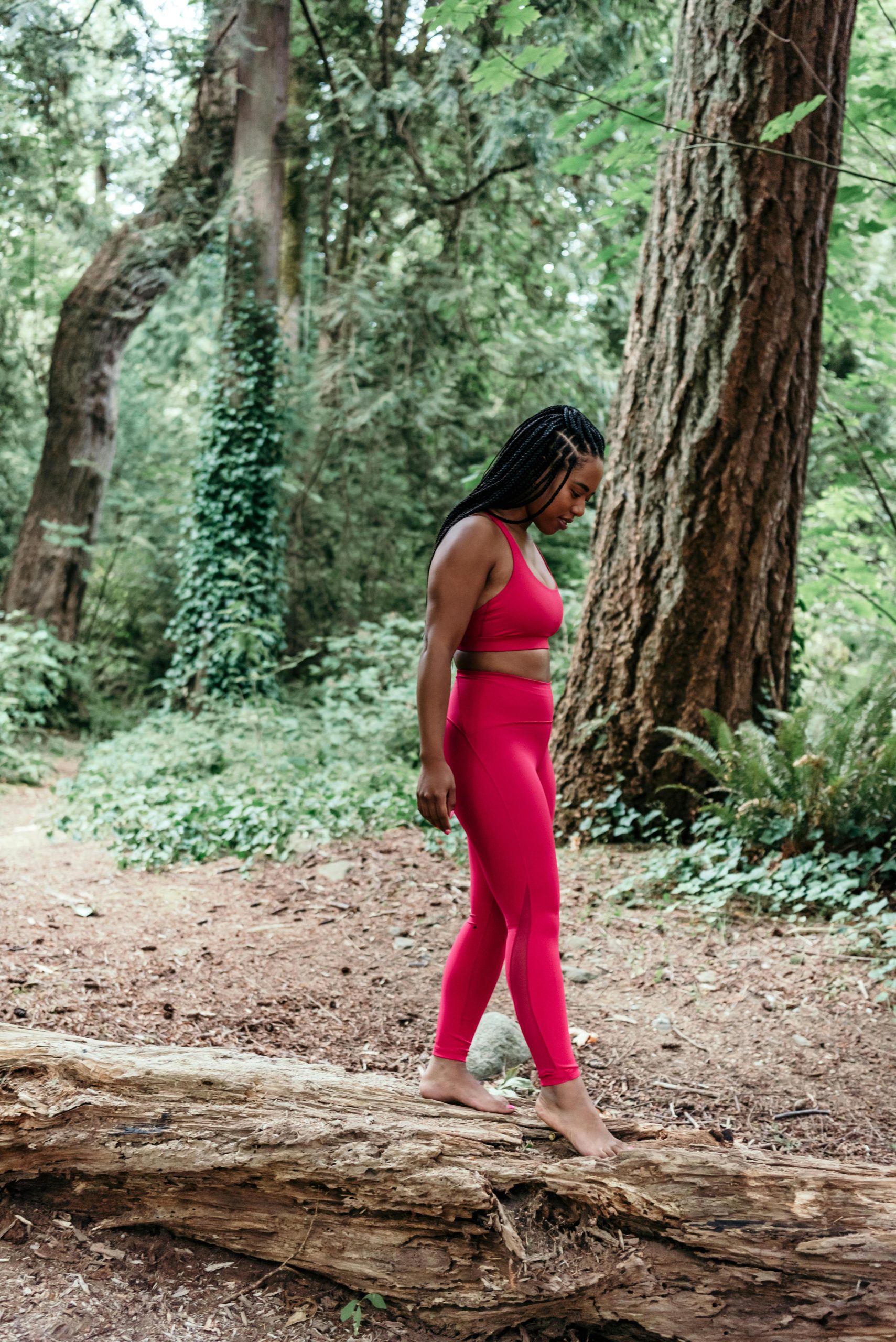 Moving also strengthens your core, which is essential for overall health and performance. A strong core supports daily activities, enhances balance and stability, and prevents injuries. It can even help prevent a flabby midsection, especially for those who don’t have time for intense workouts. Movement also promotes faster digestion, which is another important wellness benefit.
Moving also strengthens your core, which is essential for overall health and performance. A strong core supports daily activities, enhances balance and stability, and prevents injuries. It can even help prevent a flabby midsection, especially for those who don’t have time for intense workouts. Movement also promotes faster digestion, which is another important wellness benefit.
Why 10,000 Steps a Day?

Do you ever ask yourself why your trainer recommends that you take a minimum of 10,000 steps a day in addition to your fitness program? The idea originated from a 1960s marketing campaign for a pedometer, but it has since become widely accepted as a good guideline for staying active. While there’s no scientific evidence supporting the exact number, it remains a solid goal for adults. However, I recommend setting a target based on your fitness level and personal health goals.
How to Get Moving During Your 9-to-5

If you’re working 9-to-5, here’s a simple strategy to help you achieve 8,000 steps:
- Break it Up:
- Morning walk: Start your day with a 20-30 minute brisk walk (2,000-3,000 steps).
- Lunchtime walk: Use part of your lunch break for a 20-minute walk (2,000-3,000 steps).
- Evening walk: After work, take a 30-40 minute walk (3,000-4,000 steps).
These walks can easily add up to 8,000-10,000 steps.
- Increase Movement During the Day:
- Take the stairs instead of the elevator.
- Walk while on phone calls or virtual meetings.
- Take short walking breaks every hour.
- If possible, walk to work or park farther away.
- Weekend Strategy:
- If weekdays are too hectic, make up for it with longer walks over the weekend, such as a hike or stroll.
- Use a Step Tracker:
- A step tracker can help you stay motivated by showing your progress.
Final Thoughts
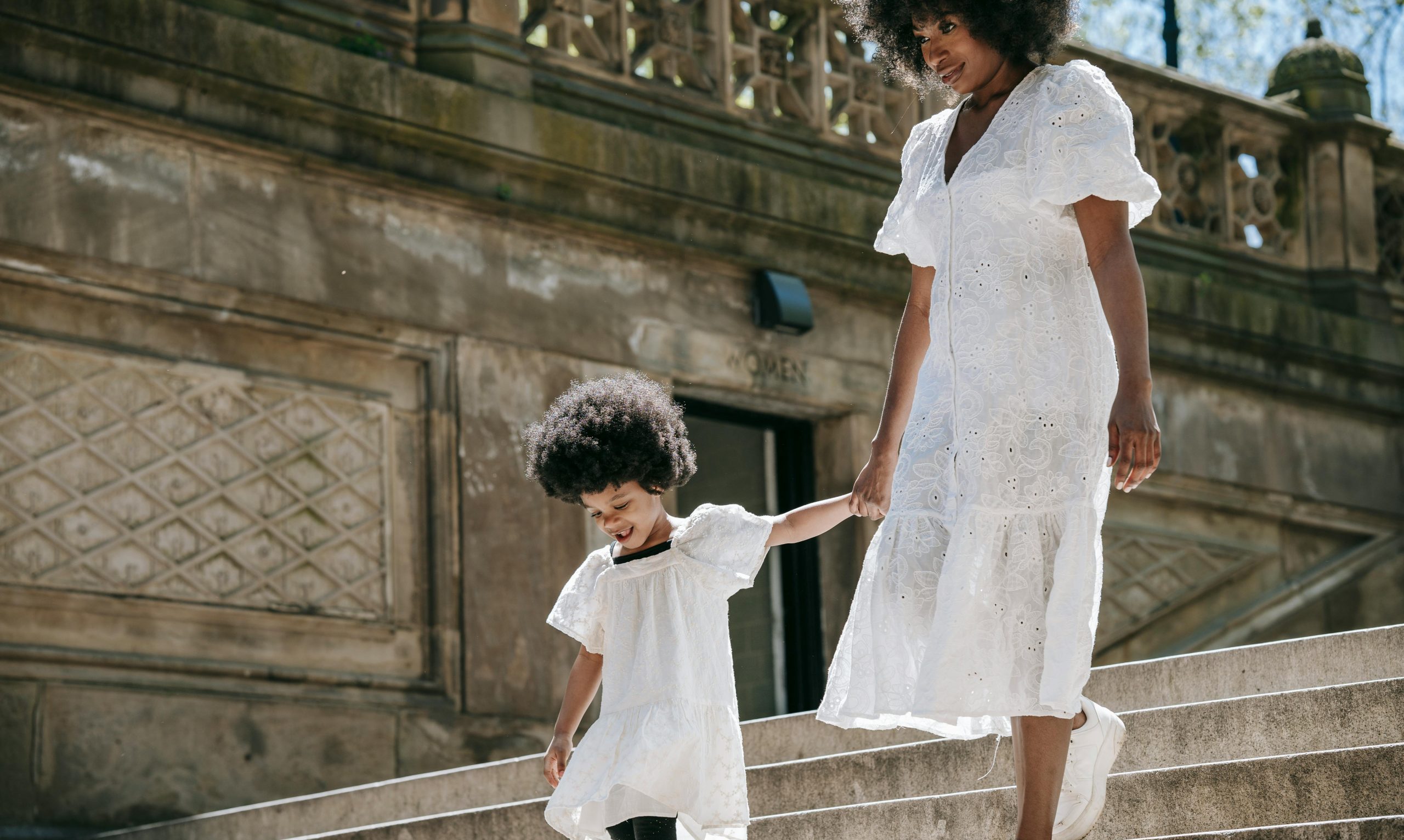
No matter what fears or uncertainties you face—whether it’s being stuck at a desk, not achieving your goals, or the unpredictability of life—movement is a powerful way to regain control over your health and happiness. Let’s get moving! Your body and mind will thank you.
Keep going…
